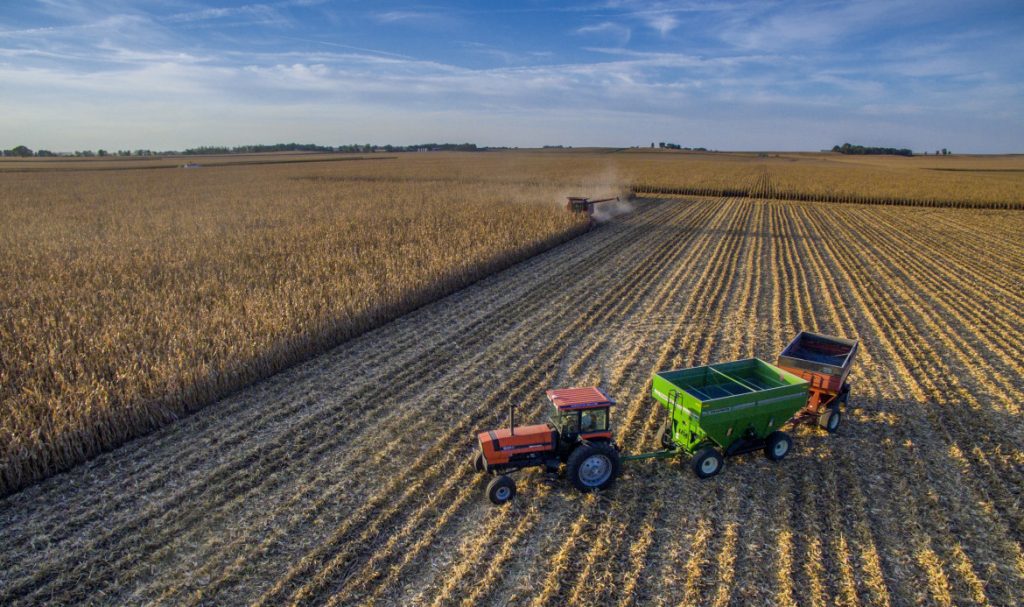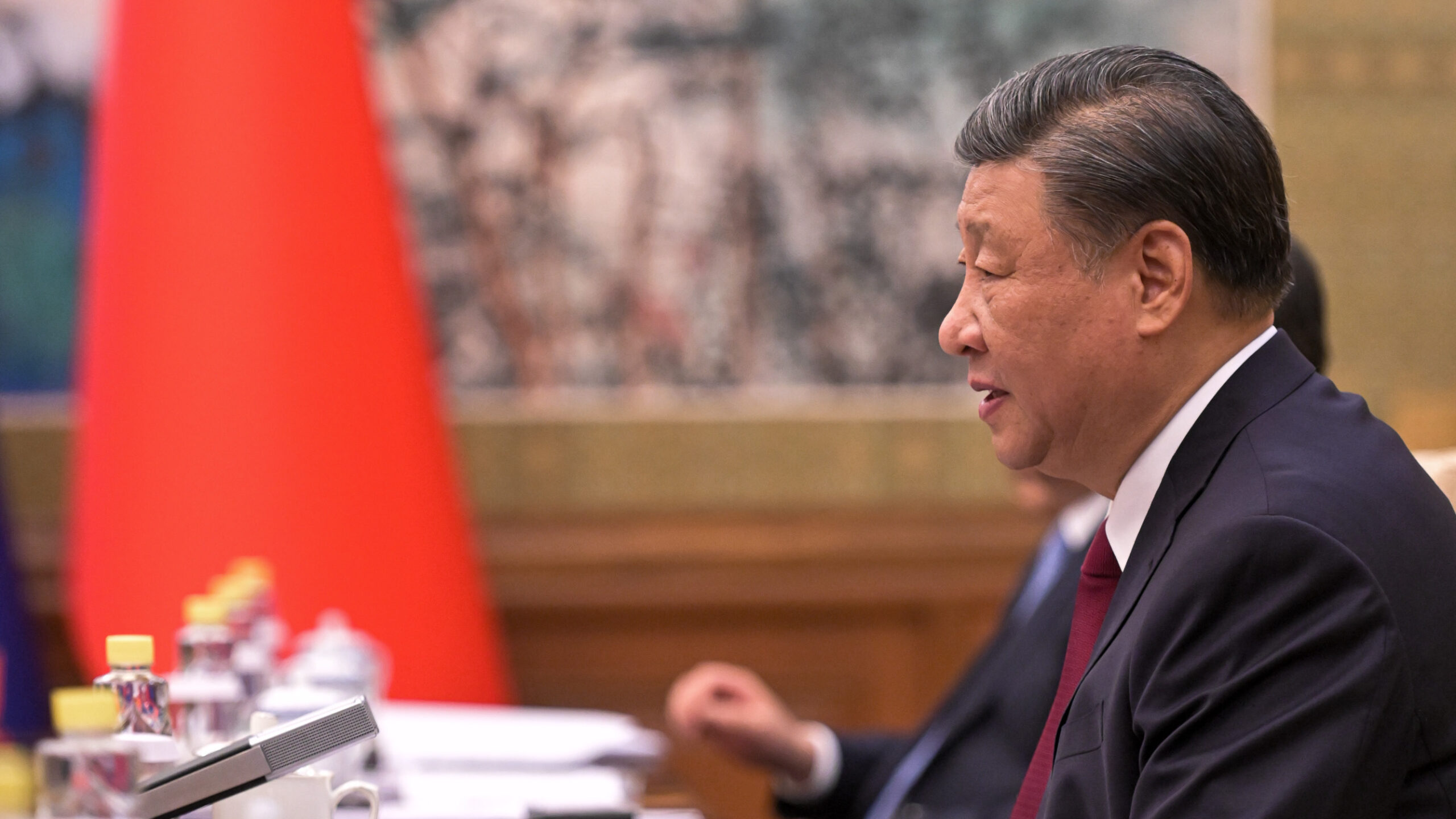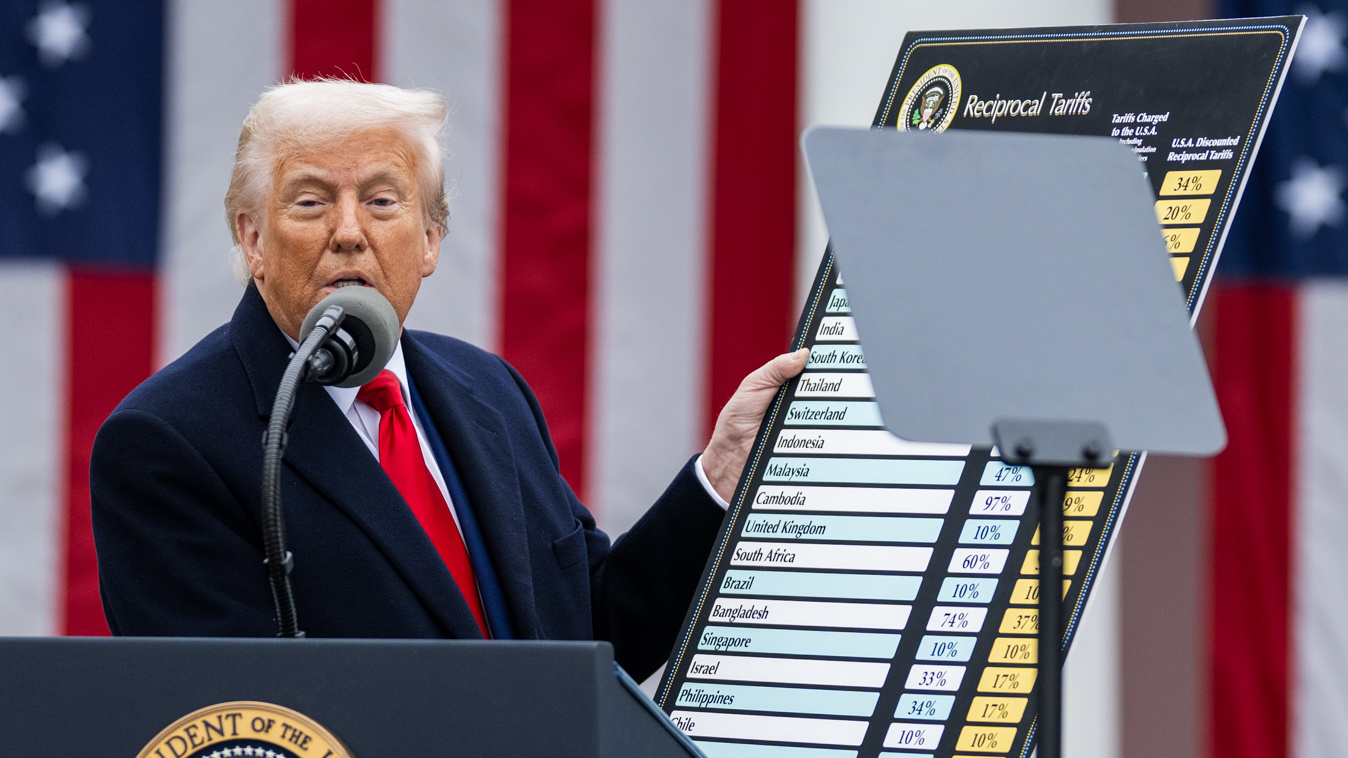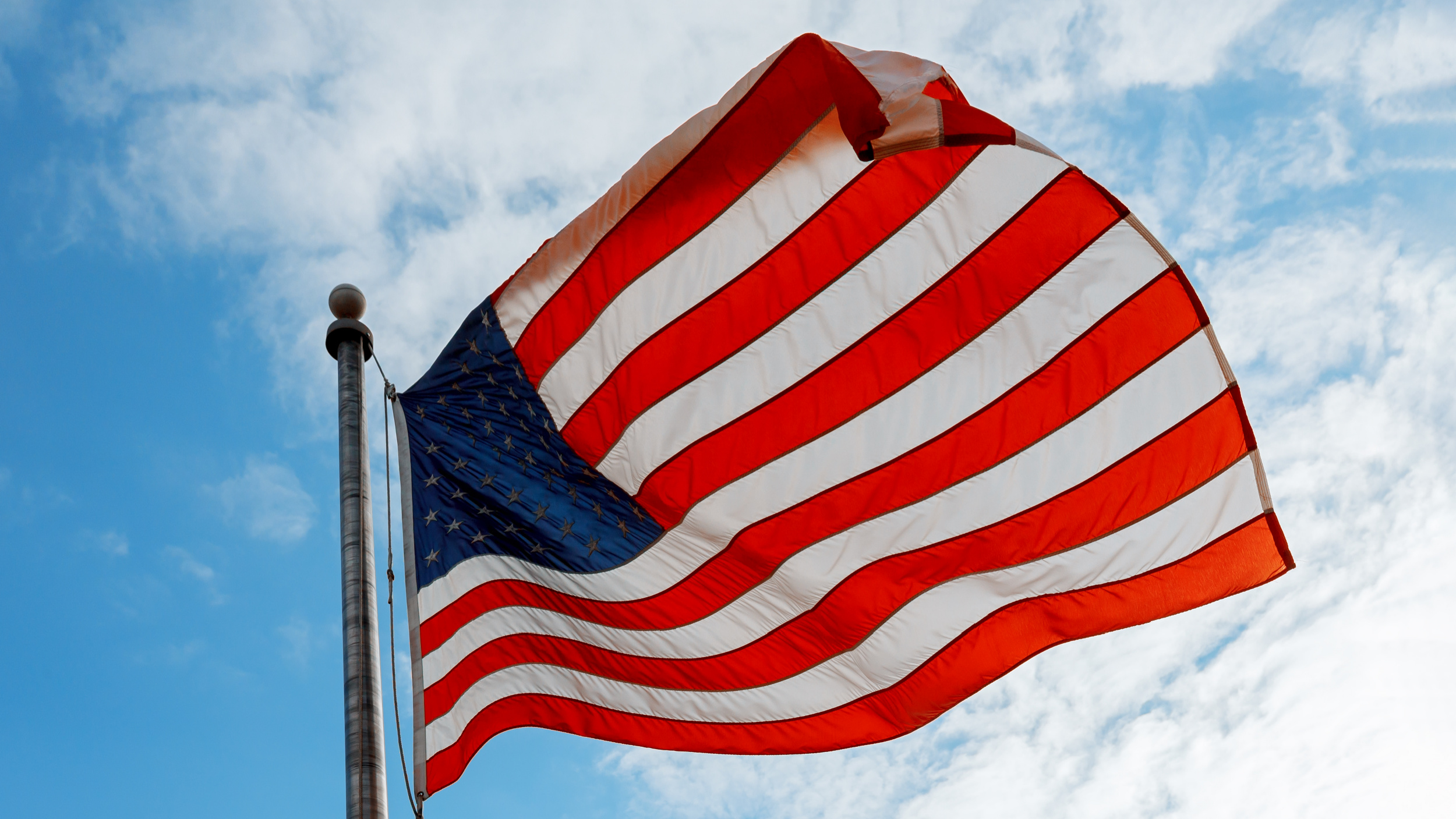Washington has been abuzz of late over President Trump’s moves to address continuing trade deficits with America’s global partners. And whether it’s tariffs on steel or high-tech goods from China, the battle has been seen as primarily a manufacturing issue. But there are compelling reasons to expect that the administration’s strong focus on trade policy could have positive repercussions for the nation’s farmers and agricultural producers as well. That’s because both farm goods and industrial products continue to be hampered by similar issues related to an overvalued U.S. dollar.
Op-ed by Michael Stumo originally appeared in AgWeb on June 29, 2018
Last year, the Coalition for a Prosperous America (CPA) analyzed the dollar’s trading relationship with other global currencies. The findings were striking, with the US dollar overvalued by roughly 25 percent. The real-world effect of this higher pricing is that it makes American-made goods and services 25 percent more expensive than they should be when sold overseas. Conversely, it also makes imports cheaper than they would be if the dollar were priced fairly.
Essentially, the U.S. dollar has been overvalued for decades. But why is this happening? Because foreign investors keep buying U.S. securities and financial assets. And all of this incoming capital has the unfortunate side effect of driving up the value of the dollar. It’s a rather ironic situation because it shows that what’s good for Wall Street is simultaneously hurting Main Street workers facing competition from lower-cost imports.
This currency problem is also impacting U.S. farmers and livestock producers. And there’s evidence from studies by agricultural economists that a lower dollar would help them. All of this goes back as far as 1949, when currency revaluations by America’s major trading partners left the U.S. dollar overvalued. This led to an extended period of hardship for U.S. agriculture. The solution was a government-supported program of land retirement. Some 60 million acres of land were taken out of production over the next two decades. But the land retirement program incentivized farmers to invest in technology to increase the yield of the land still in production, causing yet further overproduction problems.
In the 1970s, President Nixon took a series of actions to lower the value of the dollar. As a result, farm incomes took a sharp upward turn in a boom that extended through the end of the decade.
Unfortunately, a rising dollar hit the nation’s farmers hard in the early 1980’s. At that point, the plight of U.S. farmers became nationwide news. Land values collapsed, farm income shrunk, and thousands of farmers faced foreclosure. It was only when the Reagan administration took action with the 1985 Plaza Accord—which forced down the value of the dollar—that the U.S. agricultural industry began to recover.
In 2016, research by three agricultural economists from Purdue University established a strong correlation between the prices of corn and soybeans with the value of the U.S. dollar. For corn, the correlation was 2.53, meaning that every 1 percent drop in the value of the dollar would stimulate a roughly 2.53 percent increase in the price of U.S. corn.
A policy to gently lower the dollar to a competitive price would lead to an increase in agricultural commodity prices for U.S. farmers. While some farm inputs might rise in price, those cost increases would be more than offset by the positive effect on farm-gate prices.
Thankfully, Washington is becoming aware of the currency issue. Some in Congress are consideringlegislation that would require the Federal Reserve to impose a modest “market access” fee on incoming foreign investment. That would help to gently lower the dollar price to a competitive level, allowing U.S. farmers to export more. Such legislation could work particularly well if it also contained measures to respond when countries deliberately weaken their own currencies in order to boost exports.
It’s time to tackle the currency issue to make U.S. agricultural products more cost-competitive globally and offset any harm from foreign tariff retaliation. And so, as trade policy makes headlines in Washington, America’s farmers should press for action to help level the playing field for their hard work.












